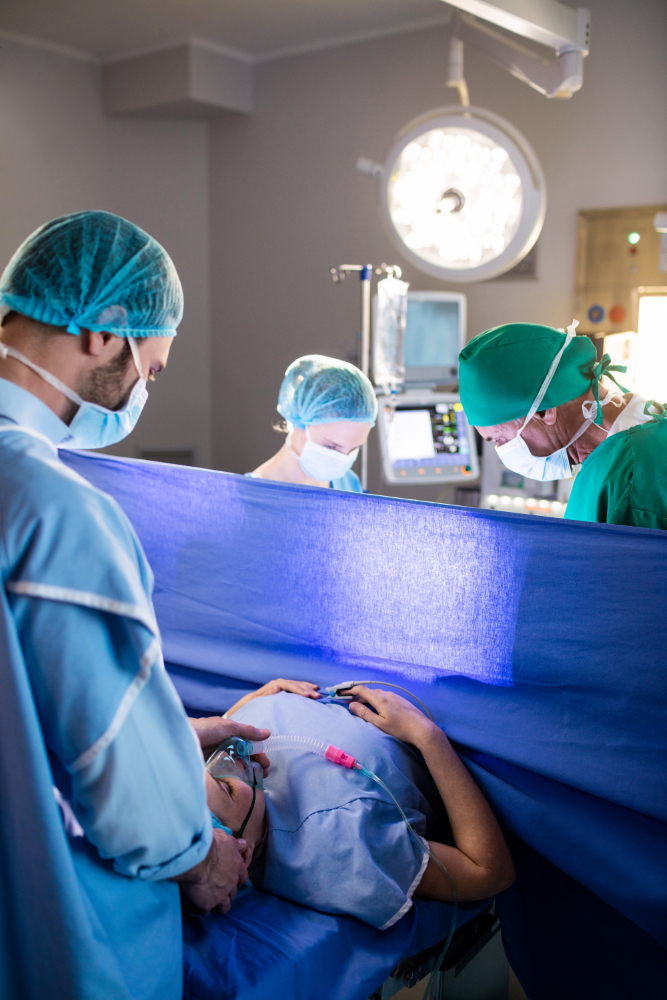Options After a Miscarriage


What options do I have when I miscarry?
After finding out that you have miscarried, your doctor will give you a few options for miscarriage treatments.
Natural / Expectant Miscarriage
A natural miscarriage is one that allows your body to dispel the tissue on its own and without medical intervention. This process will begin naturally, usually within a week to two weeks after a miscarriage. A natural miscarriage is completed at home and generally includes period-like cramping, some of which may be severe, similar to the contractions of labour, as well as heavy bleeding. Once you pass the tissue, you will see a doctor to monitor your hormone levels as they naturally lower to a non-pregnancy level.
The doctor will also monitor your bleeding levels to ensure that your body has dispelled all of the internal tissue appropriately. In the event that this does not happen or you experience excessive bleeding, you may need to undergo D&C procedure to complete the clearing of the uterus.
Many women choose this natural method as a way to have closure of the end of an intended pregnancy. Occasionally, depending on how many weeks into the pregnancy you were when the fetus stopped growing, you will not have the option of a natural miscarriage.
Medical Management




Surgical Procedure
The surgical procedure to remove your fetus is called a D&C (Dilation & Curettage). If you choose to have a D&C procedure or it is medically recommended, you will generally be scheduled very quickly for the procedure. The procedure is done by a medical professional either in their office, or in some cases, in the outpatient surgery center of a hospital. While the procedure is medically coded as minor surgery, it is very common and routine for most OBGYNs doctors.
Patients are given a general anesthesia so that they will comfortably sleep through the procedure. The procedure consists of your doctor using a device to dilate your cervical opening and then using a sharp instrument, such as a scalpel, or suction to clean out the tissue inside of your uterus. The entire process takes under a half an hour and you will be discharged roughly two hours following the procedure.
Typical recovery can include light cramping and bleeding, and you’ll generally follow up with your doctor one to two weeks after the procedure.
You should note that this procedure does carry potential risks including scarring of the uterus that may make future pregnancies more difficult. Even so, many women elect to complete a D&C to provide quicker closure and swifter recovery.
Join our community
We’d love to connect with you. Follow us on Instagram and Facebook to stay updated on events, resources, and stories from our community. Whether you’re just starting your journey or offering support, you’re not alone. Let’s walk this together.
